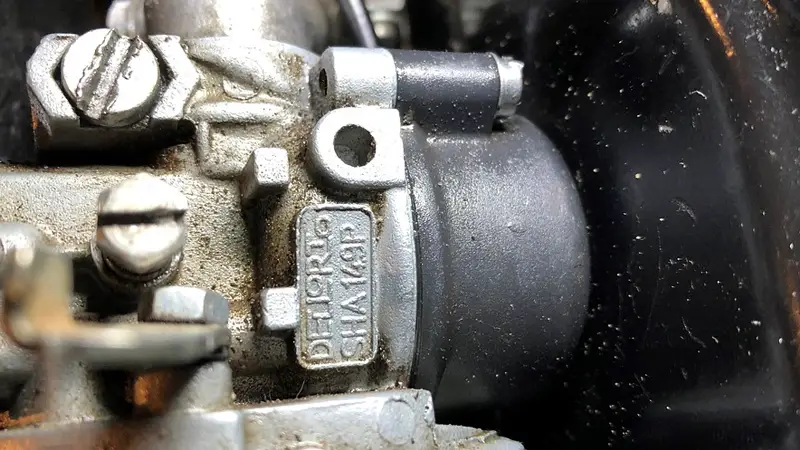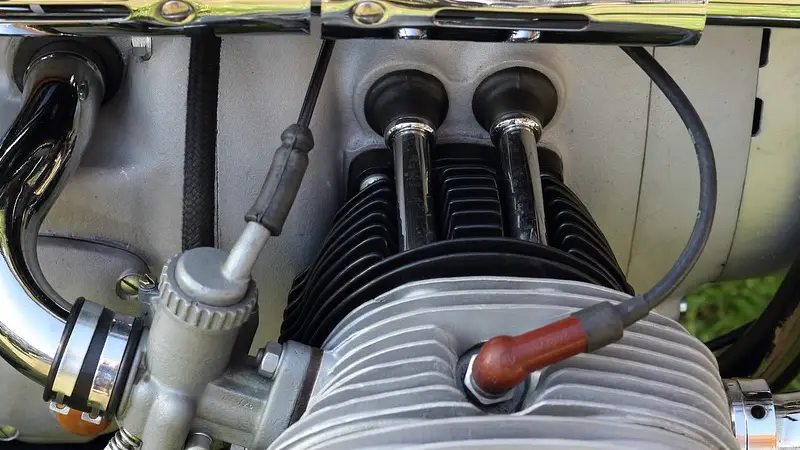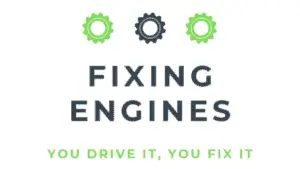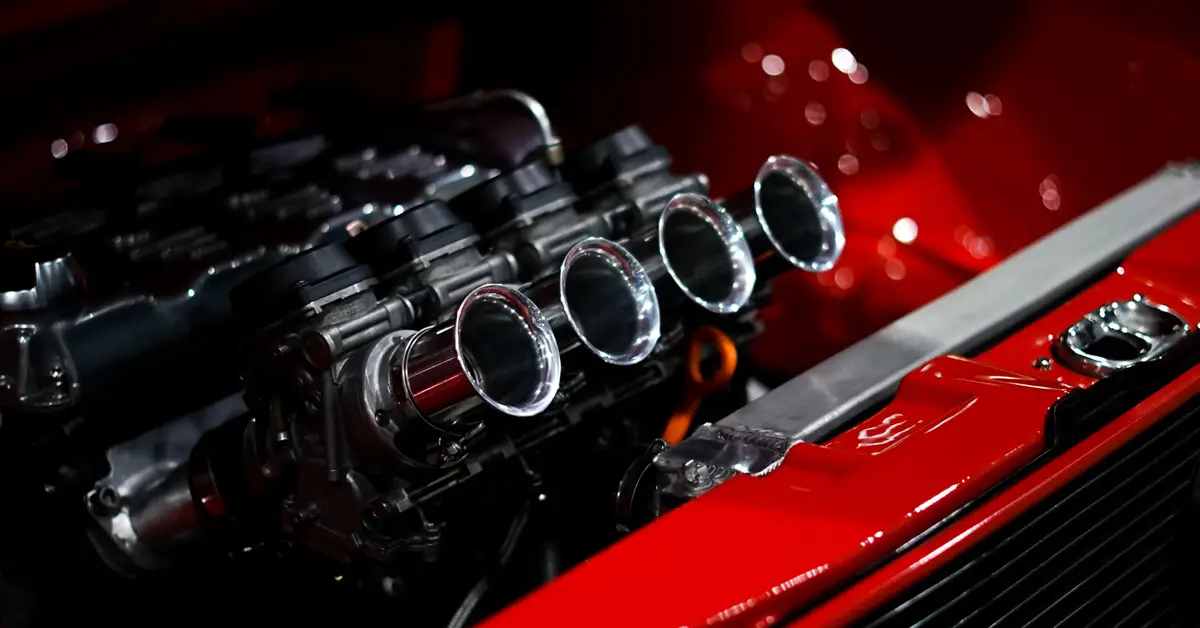Within the circle of car enthusiasts, there seems to be an eternal debate about the better option between a carburetor and a throttle body. Because it may be difficult for you to pitch your tent in one camp, you should know the differences between a throttle body and a carburetor.
While both a throttle body and carburetor consist of a pipe with a butterfly valve, the carburetor has more accompanying structures that regulate and meter the fuel getting into the engine. The position of the valves also differs in both engines.
This article describes a throttle body and the differences between a carburetor and a throttle body. I also explore whether a throttle body is better than a carburetor.
What Is a Throttle Body?

The air intake system is a member of the various systems under your vehicle’s hood that functions to keep your engine running, and the throttle body is a vital part of this system. You can find it between your engine manifold and air intake, where it controls the amount of air entering into the engine.
Older carbureted engines have the throttle body built into the carburetor. As a part of the atomization process, airflow assists with controlling the air-fuel mixture necessary to ignite an engine. The system pulls fresh air into the engine for combustion through the engine manifold.
The throttle body is a tube with a pivoting butterfly (flat) valve that regulates airflow into the engine. For a better picture, the throttle body consists of a shaft mounting an oval-shaped plate within a special housing. When you rotate the plate, you change its angle, and the shaft regulates airflow.
A gas pedal controls the butterfly valve through a cable or wire (electronic control). Stepping on the pedal opens the throttle body, and more air enters the manifold. The valve closes and throttles (chokes off) airflow into the combustion chamber when you release the pedal.
The whole process controls the engine’s speed, and thus the speed of your car. If your vehicle has electronic fuel injection, the throttle position and airflow sensors communicate with the computer to provide the corresponding fuel amount at the injectors.
Cleaning a Throttle Body
Preventing the buildup of dirt, filth, and carbon is essential for your throttle body to function correctly. Get a fuel injection flush and an air induction service to clean out grime and carbon deposits buildup.
If you take out the throttle body to clean yourself, use a small brush or clean cloth, pay attention to the butterfly valve, and watch out for the air sensor or throttle position sensor (TPS) if they are on the throttle body.
A bad throttle body could result from the buildup of dirt within the system or an electrical fault. It manifests as stalling or poor idling when you come to a stop. You will also notice rough running, uneven acceleration, and some messages and lights displayed on your dashboard.
What’s the Difference Between a Carburettor and a Throttle Body?

The inception of the internal combustion engine has led to the constant need to find an effective way to deliver fuel and air to the combustion chamber. There has been a progression in delivery systems, moving from a simple fuel drip system to the carburetor, and now the fuel injection system.
You can see the differences in their design, how they function, and other parameters described below:
- Design and function
The carburetor uses a Venturi Tube with a narrow section that decreases air pressure and creates a vacuum – the Vacuum Venturi Effect. It pulls the fuel from a small reservoir ( the bowl) into the engine via the vacuum. The air mixes with fuel before entering the engine
The throttle body is a part of the fuel injection system, and it may only control airflow or participate in injecting fuel into the air stream before it gets into the engine. If it injects fuel, then the fuel injection pumps are incorporated with the throttle body.
Air and fuel do not mix before entering the engine, and an onboard computer electronically regulates the air-fuel ratio and makes the necessary adjustments.
- Performance
A carburetor cannot measure the correct air-fuel ratio and struggles with changing fuel temperature and air pressure. In contrast, a throttle body with an electronically controlled fuel injection system can constantly alter the fuel delivery to the cylinders – better performance.
- Versatility
The carburetor phased out of the automotive industry in the 1990s due to many limitations like excluding diesel vehicles. In mechanical and electronic capacities, a throttle body in a fuel injection system works with both diesel and petrol cars.
- Maintenance
While carburetors are easy to clean and rebuild, replacing a fuel injection system is expensive and fixing it requires professional intervention.
- Fuel economy
A carburetor cannot adjust the fuel ratio according to the engine conditions, resulting in poor fuel economy. On the other hand, a throttle body works with a well-controlled fuel injection system to deliver the precise amount of fuel, adjusting it according to various parameters – less fuel wastage.
Is a Throttle Body Better than a Carburettor?

Car enthusiasts will always clash over which is better: carburetor or throttle body. Having seen their differences above, you can identify that a throttle body is better in all ramifications, except the cost of maintenance.
A throttle body is better than a carburetor in the following aspects:
- Lower emissions
- Smoother idling
- A better cold-start and performance.
- Better driveability and fuel economy
- It is easier to tune, and the throttle response is better.
- Fuel injection systems are best for off-roading because they decrease vibrations and help to overcome steep grades.
Carburetors have the advantage in installation because there are no return lines to the fuel tank or electrical components. They are also a favorite in motorsports and last longer than fuel injection systems.
You can buy a brand-new street performance carburetor with a price range from $300 to $800, whereas a new TBI fuel injection system will cost around $2,500 to $2,800. Ultimately, what is best for you depends on your type of car and the depth of your finances.

